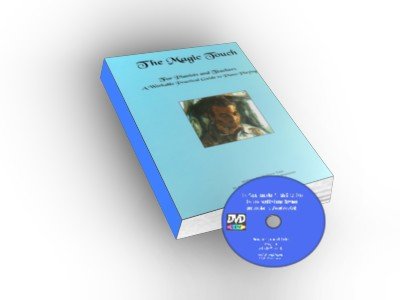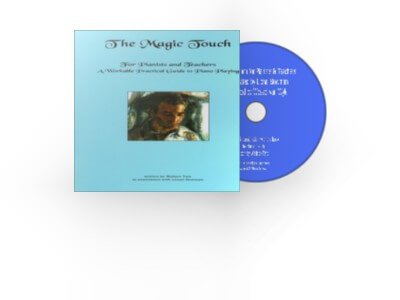It is no secret that for any pianist, amateur or professional, it is imperative that they commence with a solid warm up prior to launching into a playing session. In fact, I prefer to think of the scales and arpeggios as part of the playing session. Why and how so?
The benefits of playing scales are all about an adequate warm up, and flexibility of the fingers, and hand. Whist I realise that for a beginner, the idea of incurring an injury at the piano may seem a far fetched idea, it is a definite reality for many people, who may not be adopting the right techniques to play the piano. However, far from wanting to put you off, I'd rather that it be an encouragement to simply follow the right techniques, and processes, to adequately tone your hand, arm, and finger muscles.
Playing the piano is not about just pushing the right keys in the right order. It is very much more than that, and certainly, a possibility to master as a skill, when approached the right way.
To illustrate this example, you can start by playing scales, and then, moving up to arpeggios.
However, you can also start improvising, and turning the scales in to musical composition, as you progress.
It is not an automatic thing, no, but certainly a way to move forward, when you need to.
As the Late Professor Lionel Bowman said, it is always a good idea to start to learn something new, with a new technique, rather than trying to play something you already know,as your mind has already programmed a certain method into your playing for a particular piece. However, what about if you decide to learn something completely new, following a new technique, like the Bowman method?
You will find that you develop greater strength in your fingers, as well as the ability to relax more in the hand and arm, thus allowing a greater degree of stress to remain out of the equation.
Tension and stress, mixed with the incorrect sitting posture can dramatically affect your likelyhood of having problems with tendonitis and also muscular aches in general.
However, getting back to my title earlier, the fact that you are playing scales and arpeggios is an important aspect of the warm up process.
I realise that it may take a combination of discipline, and sheer creativity in time, but you will certainly see the result with less injury over the curse of your piano playing career. For that alone, the issue is a fait accompli.
The Classical Piano method- known as the Magic Touch, is available here.




